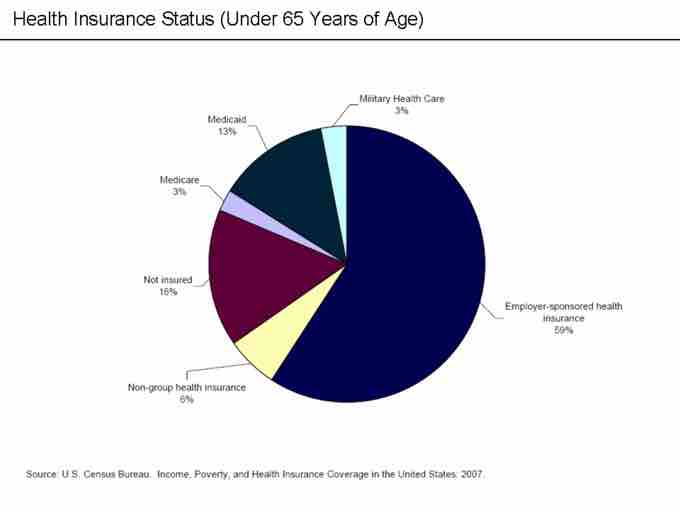Benefits as Incentives
Non-monetary benefits are essential to attracting a productive workforce. Many skilled laborers will not accept a position that does not offer at least a simple benefits package. It is standard practice in U.S. culture to offer basic non-monetary benefits to full-time, permanent employees. Part-time and contract workers are not always offered these benefits, partly as a result of the high cost to businesses.
Offering benefits above the expected amount can be an incentive program and used to recruit highly skilled employees to an organization. For example, skilled employees may be more likely to join an organization that offers free onsite parking, retirement benefits, and extra paid time off than an organization that does not offer these fringe benefits. Companies also use non-monetary benefits to increase and maintain employee morale and satisfaction.
Benefits can be a key element in addressing the lowest level of Maslow's needs hierarchy. If employees do not feel that an organization is treating them fairly with respect to basic needs (food, money for retirement, etc.), then they are likely to be less satisfied with their jobs, perform at a lower level, or leave. Those who do not feel their basic needs are met may also fail to reach higher levels of motivation.
Benefit Types
Employers have several options with respect to non-monetary compensation. These can include benefits (including medical or other insurance), flex-time, time off, free or discounted parking, gym membership discounts, retirement matching, mentoring programs, tuition assistance, and childcare. All of these benefits communicate to employees that their work is valued and promote a positive work-life balance. The idea behind benefits is to build a community and support system, which enables employees to focus on work rather than worry about life.
The largest category of non-monetary compensation includes benefits. Employee benefits can include paid time off, insurance (life, medical/dental, or disability coverage), and pension plans.
Legalities and Benefits
Many countries dictate different minimum benefits, such as paid time off, employer's pension contribution, and sick pay. In the U.S., benefits may include a health plan to which the company contributes and that sometimes includes vision and dental coverage, along with basic health coverage. Some governments mandate benefits such as retirement savings matching, but organizations can offer additional retirement benefits through a matching plan.

Health insurance distribution (under 65 years)
Health insurance includes employer-sponsored health insurance, military health care, Medicaid, Medicare, and non-group health insurance. The largest group of insured Americans consists of middle- and upper-class employees receiving health insurance through employers. 16% of Americans remain uninsured.